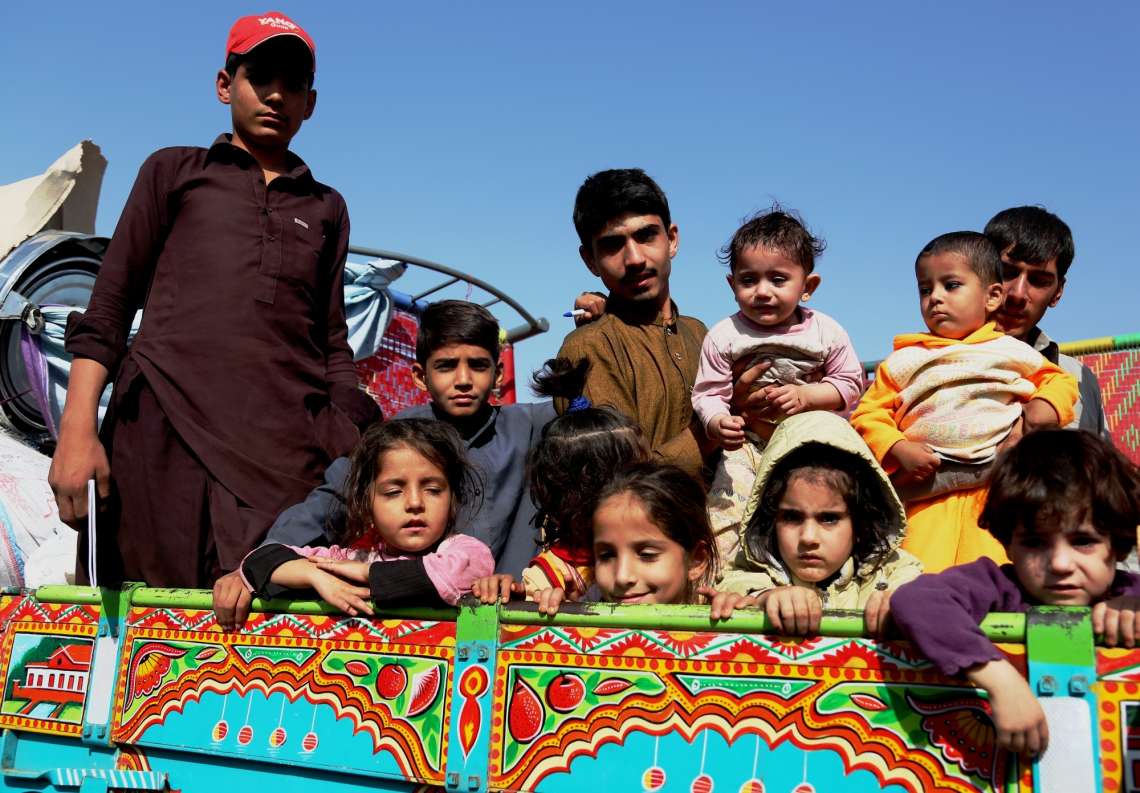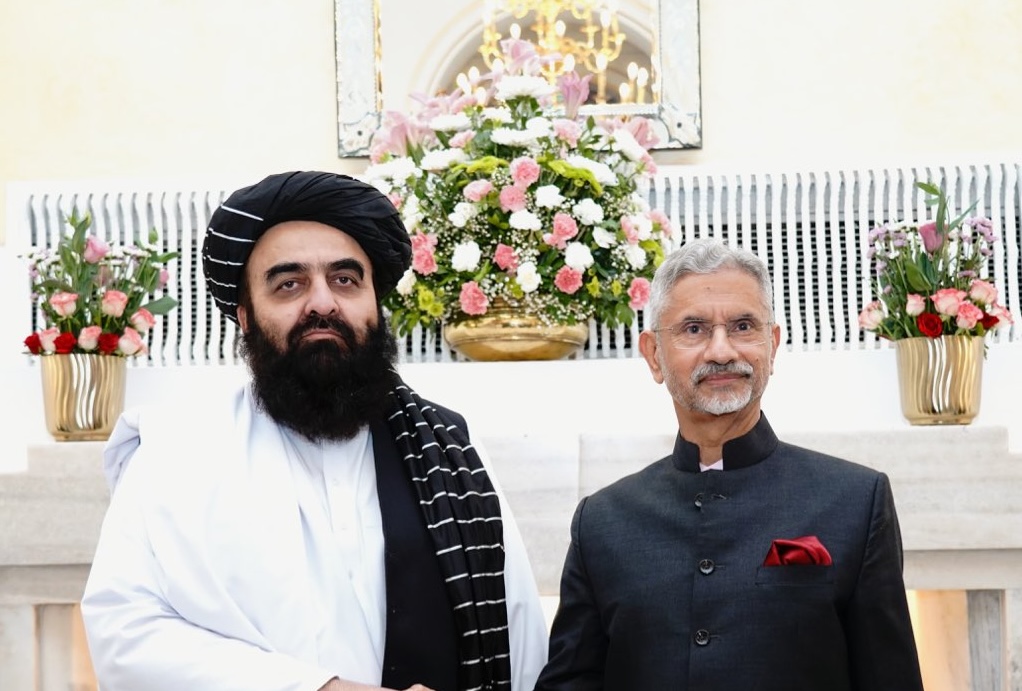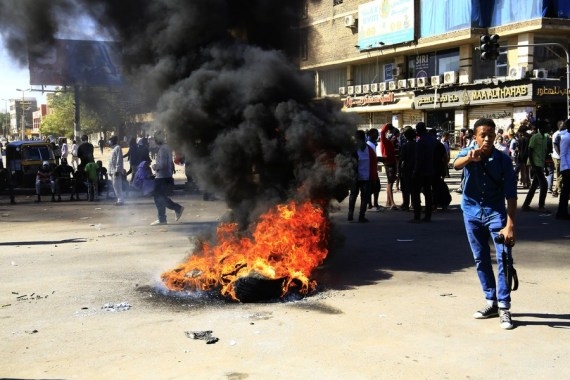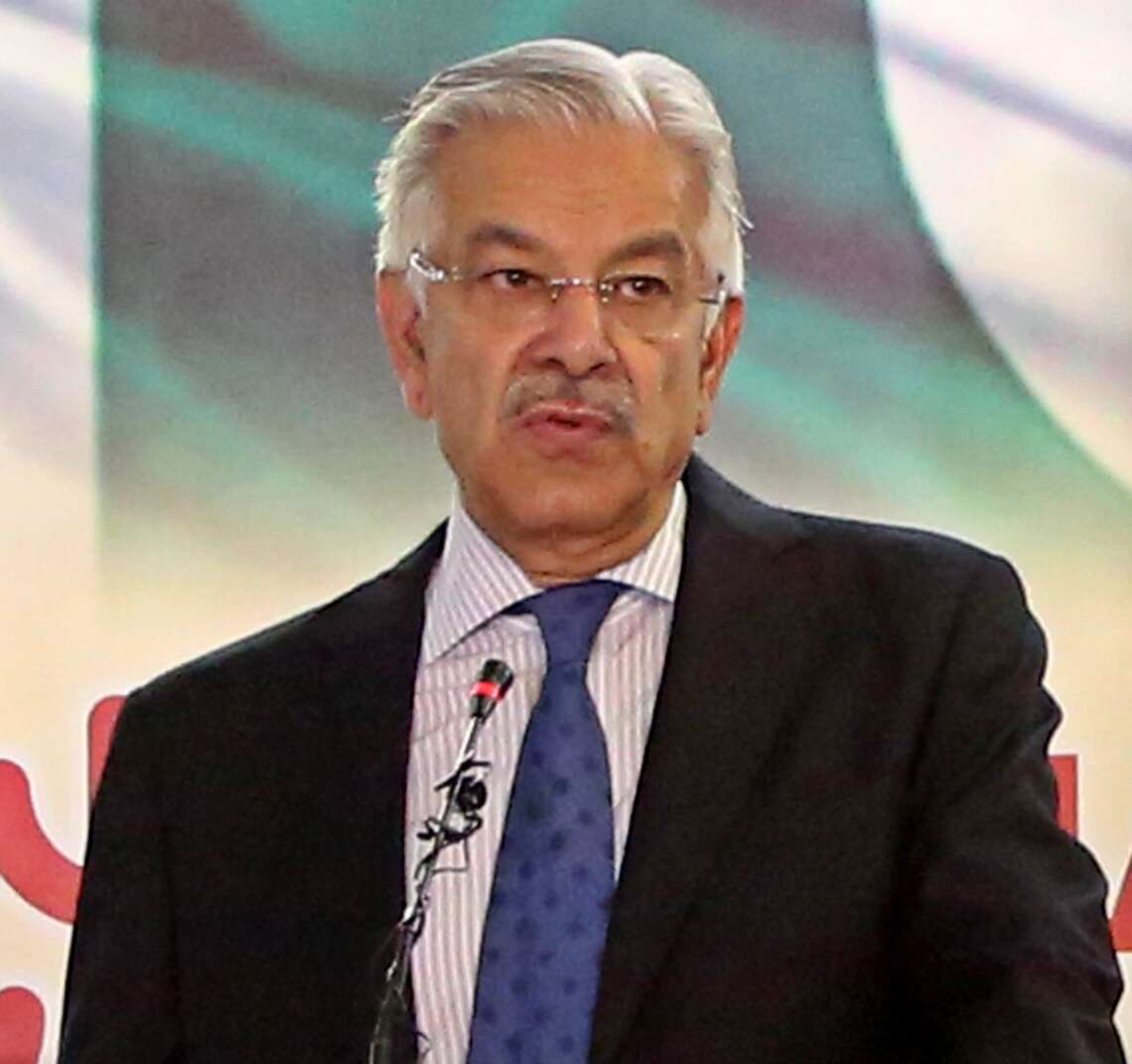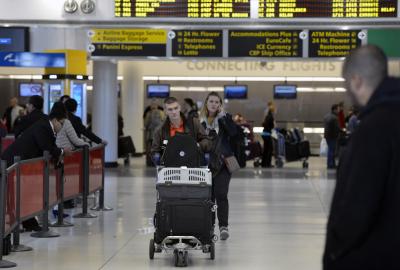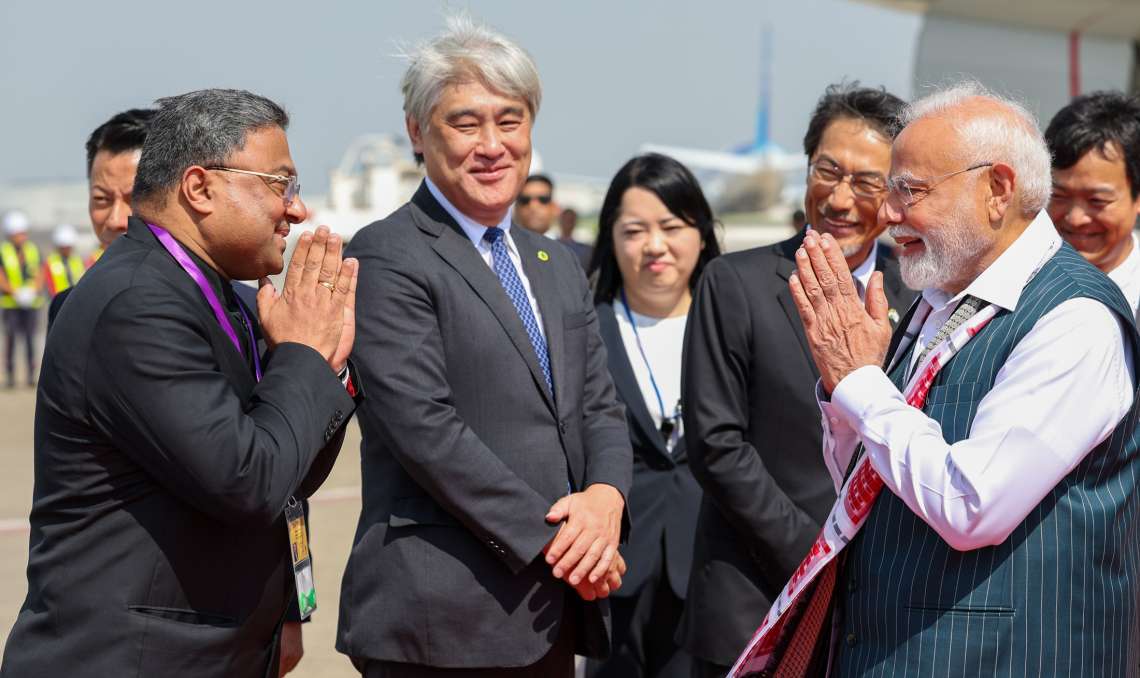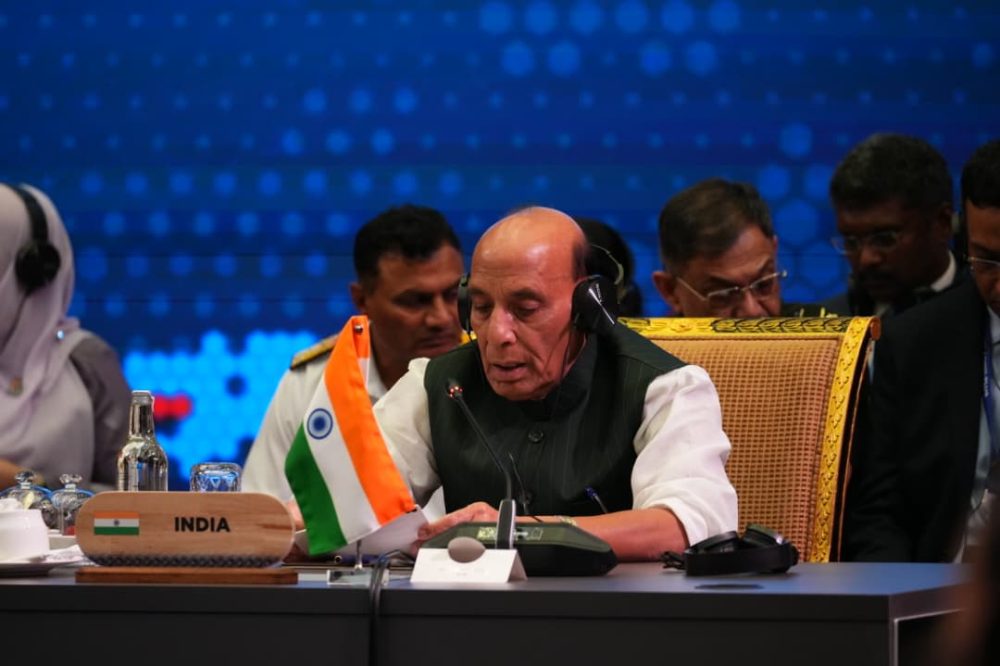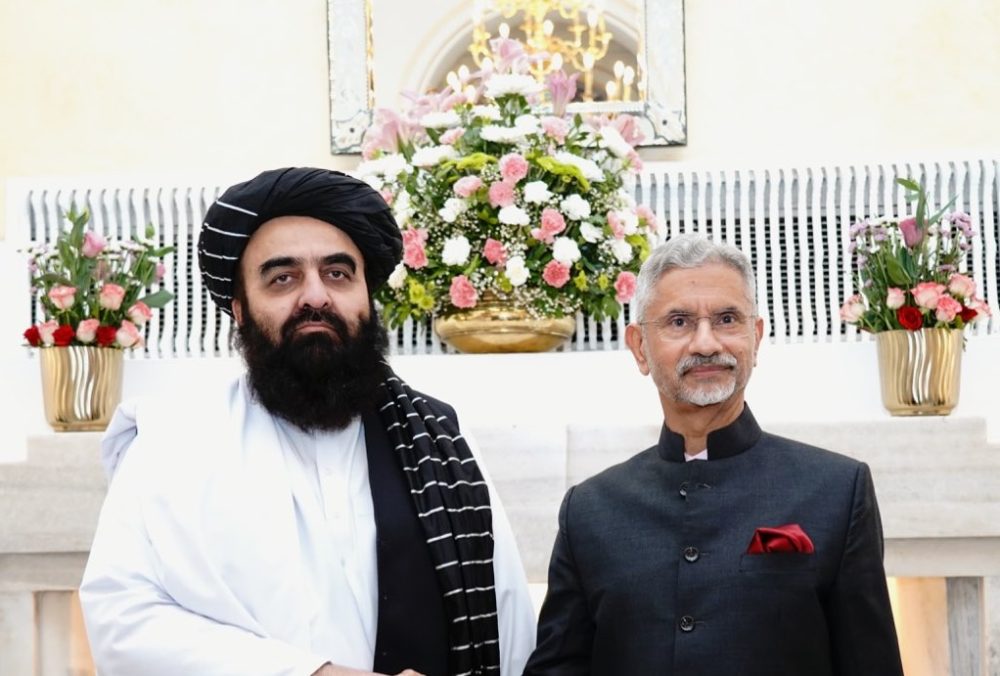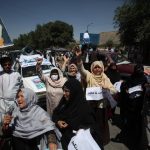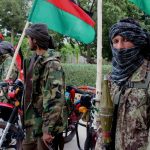The survey, based on responses from 2,000 people across Afghanistan, reflects a strong national consensus in favour of girls’ education despite official restrictions…reports Asian Lite News
A new United Nations survey has found that more than 90 per cent of Afghans support girls’ access to education, even as the Taliban continues to enforce a sweeping ban on female secondary and higher education, Khaama Press reported.
The survey, based on responses from 2,000 people across Afghanistan, reflects a strong national consensus in favour of girls’ education despite official restrictions. It underscores a growing divide between the Taliban’s policies and the aspirations of ordinary Afghan families.
UN Women’s lead on humanitarian efforts, Sofia Calltorp, said families remain steadfast in their desire for daughters to continue learning, even amid harsh crackdowns. She also highlighted the urgent need for mental health and healthcare support for Afghan women, noting that prolonged exclusion and trauma are taking a severe toll.

The report further raised alarm over the Taliban’s restrictions on women working with aid organisations, which have severely disrupted humanitarian operations. According to the survey, 97 per cent of Afghan women described the employment ban as devastating, cutting off livelihoods and weakening the delivery of critical assistance.
Four years after the Taliban’s return to power, Afghan women and girls continue to face sweeping limitations on their rights. Most recently, reports emerged of new orders requiring the removal of women’s photos from national ID cards, heightening fears of erasure and systemic repression.
The education and employment bans are part of a broader rollback of freedoms that international observers say amounts to gender apartheid. The restrictions have been met with widespread condemnation but remain firmly in place despite domestic opposition and global pressure.
The United Nations and humanitarian agencies have warned repeatedly that the exclusion of women from aid work has not only worsened conditions for female-headed households but also undermined the effectiveness of relief operations nationwide. Women play a central role in reaching vulnerable populations, particularly other women and children who often cannot be assisted by male staff under Taliban regulations.
At the same time, Afghanistan is grappling with a deepening health and humanitarian crisis. The World Health Organization (WHO) has warned that 22 million people — nearly half the country’s 46 million population — are in urgent need of aid. The agency said funding gaps have forced the closure of dozens of health facilities, threatening access to care for millions.
In its latest report released Thursday, WHO said over 16 million Afghans were targeted for life-saving support this year, but only 24 per cent of the required funding has so far been secured. The shortfall has left large numbers without access to food, healthcare, and other essentials.
The situation is further strained by mass refugee returns from neighbouring countries, which the WHO warned could overwhelm Afghanistan’s fragile systems. With limited resources, collapsing infrastructure, and restrictions on women in both education and employment, international agencies fear that Afghanistan is on the brink of an even greater humanitarian catastrophe.
Despite the grim outlook, the new UN survey offers a rare glimpse of hope: overwhelming public backing for girls’ education. For Afghan families, the right to learn remains a priority — one they believe is essential for dignity, opportunity, and the country’s future.


